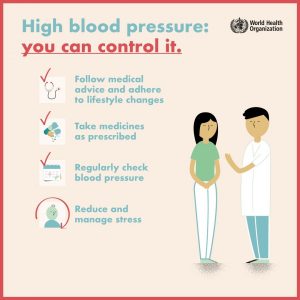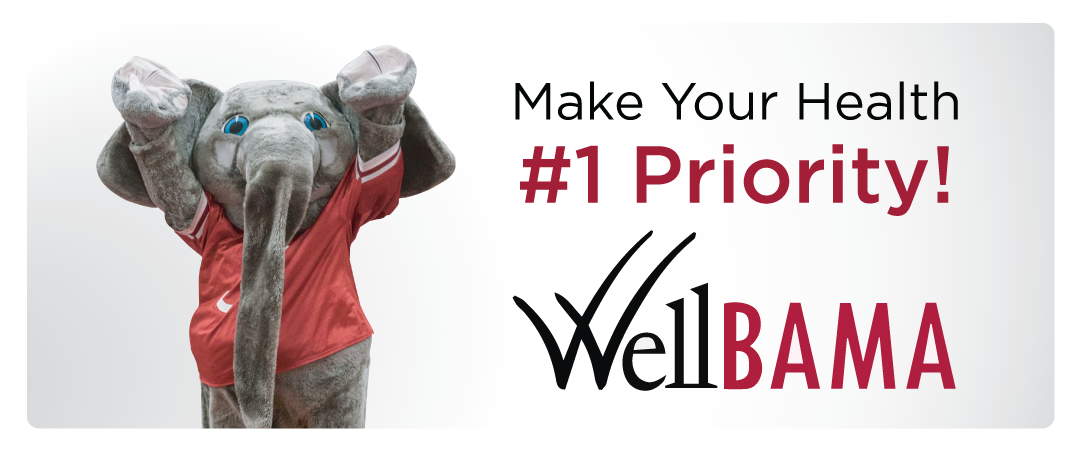
UA faculty/staff, students, and visitors can check their blood pressure for free using our kiosks in the University of Alabama Student Center and Employee Resource Center.
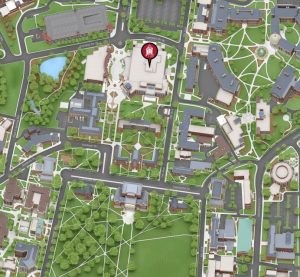
The Student Center kiosk is located on the ground floor in the stairwell near the post office, Starbucks, and the Supe Store.
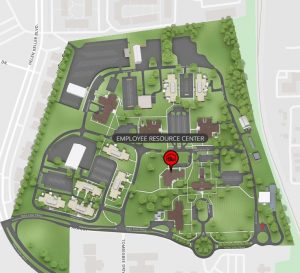
The Employee Resource Center kiosk (on the University Services Campus) is located outside the computer lab across from the multipurpose room.
Create an account at one of the two blood pressure kiosks on campus and check your blood pressure regularly to track your measurements over time.
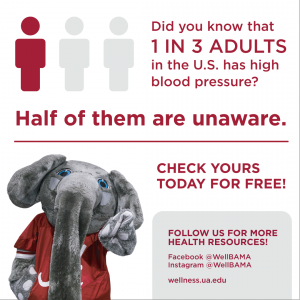
Hypertension Management Program
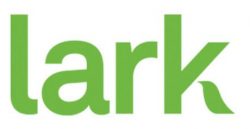
The Lark program is only available to eligible employees and dependent(s) who are enrolled in a UA health plan (PPO or HDHP). All disease management programs are voluntary, but do require a diagnosis of one of the chronic medical conditions outlined below.
What is blood pressure?
Blood pressure is the force applied to the walls of your body’s veins and arteries as your heart pumps blood through your circulatory system. View the interactive Anatomy of Blood Pressure to understand why managing your blood pressure is important.
High blood pressure puts excessive strain on your circulatory system and has been linked to a number of chronic diseases, such as cardiovascular disease, stroke, kidney disease, and more. But how do you know if your BP is high? The chart below from the American Heart Association describes the categories.
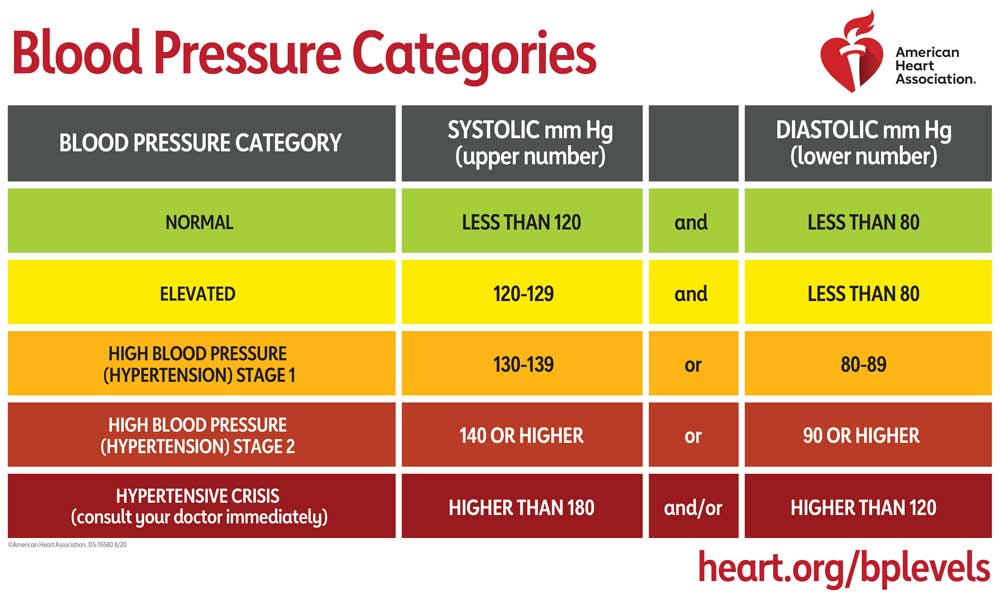
What can I do about high blood pressure?
First, if you know or fear that you have high blood pressure, schedule an appointment to speak with your doctor. He or she may give you advice about lifestyle changes or prescribe medication to help regulate your BP. Other things you can do every day to help control or prevent hypertension include:
Eat better: Follow a meal plan or program such as the DASH Diet (dietary approaches to stop hypertension) that emphasizes fruits, vegetables, and lean meats while reducing sodium, sugar, fat, and red meat. Besides lower blood pressure, benefits also include weight loss and reduced cancer risk.
Exercise more: Regular aerobic exercise lowers blood pressure and also reduces the risk of cardiovascular disease, keeping the heart and lungs healthier for longer. The American College of Sports Medicine recommends 5-7 days per week of aerobic exercise, supplemented with 2-3 days per week of resistance training and 2-3 days per week of flexibility exercise.
Stress less: Hypertension isn’t just physical – it can also be a reflection of your mental or emotional state. Chronic stress is known to lead to high blood pressure, lack of sleep, and weight gain, among other things. Harvard Medical School recommends several ways to reduce blood pressure by controlling stress, including self-care and asking for help when needed.
